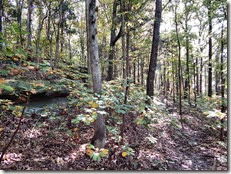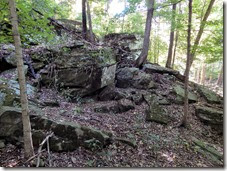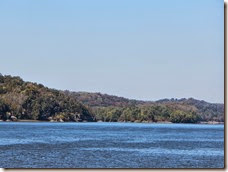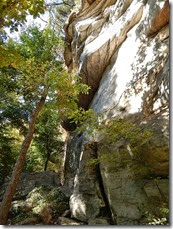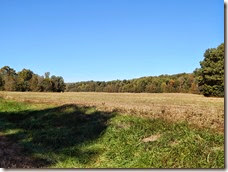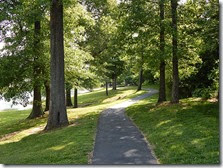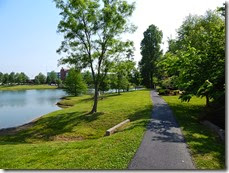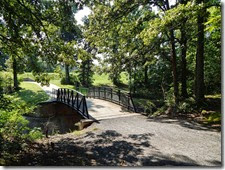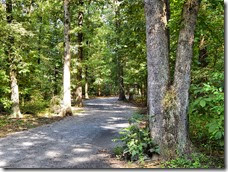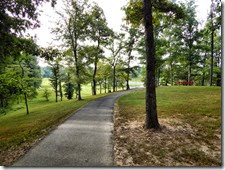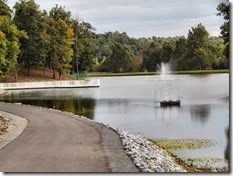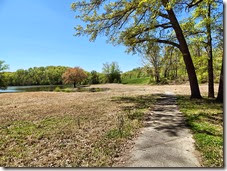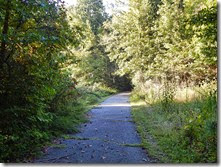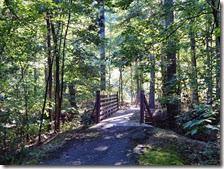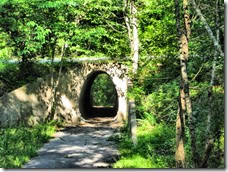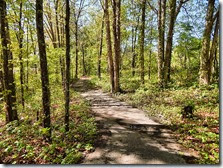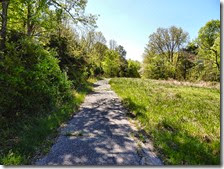 The Baker Natural Area consists of sixty-six acres within the city limits of Russellville, Kentucky. The landscape is quite diverse and contains open prairie, limestone barrens, sinkholes, forestland, and a small wetland area. Two thirds of the sixty-six acres is woodland and habitat for migratory birds and home to deer, wild turkey and small game.
The Baker Natural Area consists of sixty-six acres within the city limits of Russellville, Kentucky. The landscape is quite diverse and contains open prairie, limestone barrens, sinkholes, forestland, and a small wetland area. Two thirds of the sixty-six acres is woodland and habitat for migratory birds and home to deer, wild turkey and small game.
 The site has not been intensively farmed for more than twenty years and much of the native flora and fauna has returned to the landscape. A biological review has identified a total of three hundred seventy-seven plant species on the property. Five of these plants were listed in 2004 by the Kentucky Nature Preserves Commission as of special concern in Kentucky. These species include Purple Prairie Clover, Carolina Larkspur, Hairy Fimbry, Inland Muhly,
The site has not been intensively farmed for more than twenty years and much of the native flora and fauna has returned to the landscape. A biological review has identified a total of three hundred seventy-seven plant species on the property. Five of these plants were listed in 2004 by the Kentucky Nature Preserves Commission as of special concern in Kentucky. These species include Purple Prairie Clover, Carolina Larkspur, Hairy Fimbry, Inland Muhly, 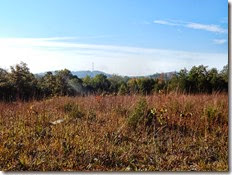 and also Tansy Rosinweed.
and also Tansy Rosinweed.
There are about two miles of walking trails with benches for use by the visitor. There is also a bird watching shelter with other study shelters on the property. Study can be conducted for aquatic wildlife also. The trail is easy to walk and the benefits to the public are many. School children on field nature study trips or the average walker and hiker can enjoy this area for many years to come.



